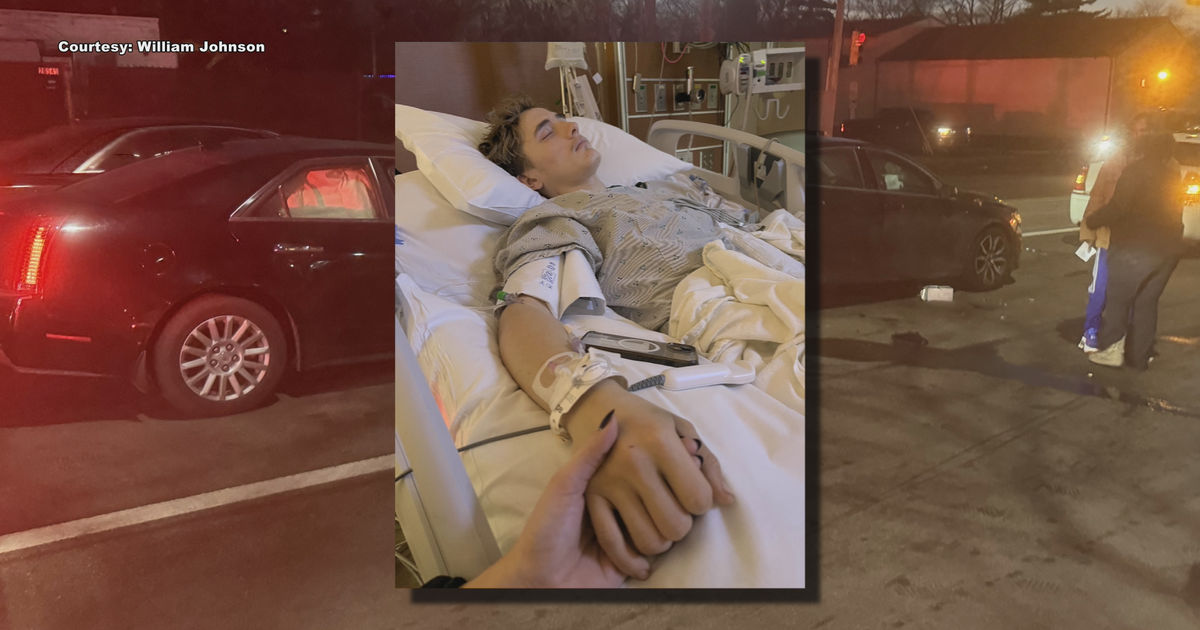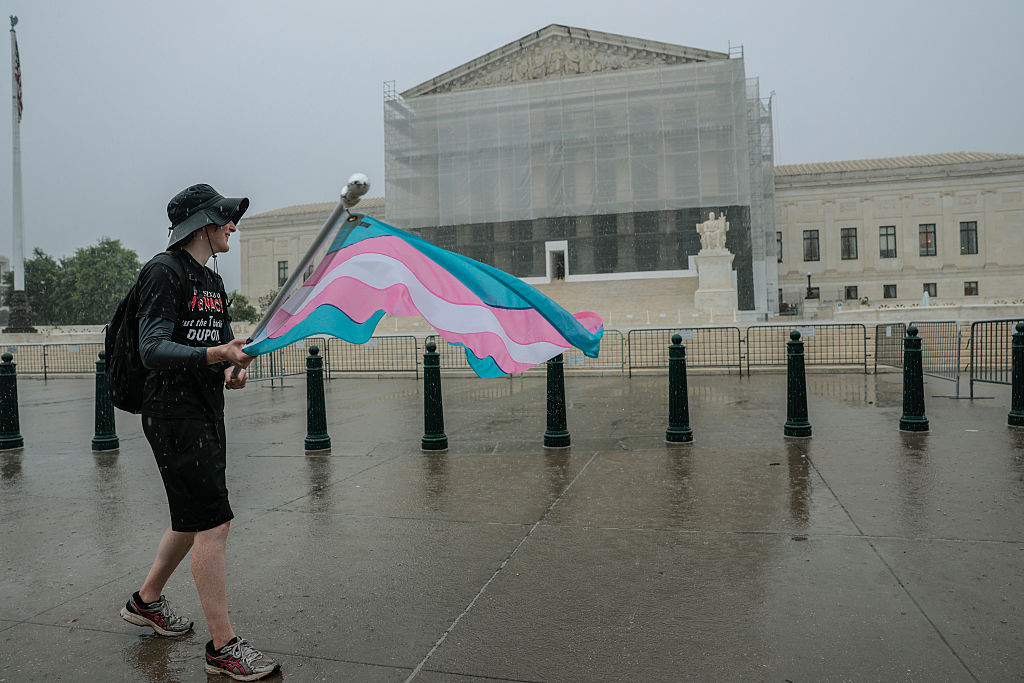Should insurers cover wilderness therapy programs?
Outside-the-box therapy programs such as Open Sky Wilderness and Redcliff Ascent aim to help troubled teens by improving their self-esteem. And they've grown in popularity in recent years as evidence of their effectiveness mounts. Such programs engage youths with challenges like learning to light a fire without matches or a lighter.
Health insurers, however, have long refused to pay for such therapy, arguing that their insurance policies don't cover these programs because they're conducted outdoors. But insurers are now are facing seven federal lawsuits over their refusal to cover the wilderness programs, which often treat teens dealing with substance abuse and other psychological problems.
Earlier this month, Missouri resident Jeffrey Cheyney sued Blue Cross Blue Shield of Minnesota after it denied his request for reimbursement of $40,255 he spent on an Open Sky Wilderness program for his daughter, who suffered from substance abuse, depression and bulimia.
Massachusetts resident Jacqueline Vorpahl took her insurer, Harvard Pilgrim, to court in May after it refused to reimburse the $16,000 she spent on a Redcliff Ascent program. It had treated her son for drug use, oppositional defiant disorder, narcissism and depression.
The Cheney and Vorpahl suits allege that the insurers violated the federal Mental Health Parity and Addiction Equity Act of 2008. That law requires insurers to provide coverage for mental health conditions that's equivalent to what they provide for medical and surgical procedures. Each is seeking class-action status.
Similar cases are pending against Cigna (CI), Oxford Health Insurance, Empire HealthChoice and Blue Cross Blue Shield of Massachusetts. Florida attorney Jordan Lewis, who brought all the cases, is looking for more clients.
"I cannot take on every prospect," Lewis wrote in an email. "I have a theory, and I'm looking for candidates who fit the theory (I declined a prospect today). I have been lucky enough to persuade some great lawyers in other law firms to work with me on these cases. I think these are winnable cases, and I know they are righteous cases."
Programs like Open Sky and Redcliff take troubled youths into the wilderness to help them build their self-esteem through team-building exercises. Without the distractions of the modern world, patients can reflect on their problems from a fresh perspective, and the isolation forces participants to learn how to get along with peers. But the programs aren't cheap.
According to data from the Outdoor Behavioral Healthcare Council (OBHC), costs range from $250 to $500 per day, with a minimum stay of five to six weeks and an average stay of 10 weeks. Members of the nonprofit OBHC served 3,030 patients last year, up from 2,900 in 2016. The council represents 22 programs, less than half of the total number in operation.
"Generally speaking, this isn't the first place that parents turn to when they're having difficulty with their children," said Michael Gass, a professor of kinesiology at the University of New Hampshire who studies wilderness therapy programs. "In many ways, it's a last resort."
Wilderness therapy programs proliferated in the late 1980s and early 1990s after insurance providers began withdrawing their support for residential treatment programs. But insurers were reluctant to cover outdoor-based therapy programs because of past safety problems. A 2007 Government Accountability Office report "found significant evidence of ineffective management" that lead to the death of 10 participants, including poorly trained staff and a lack of sufficient food.
In the years since then, the industry has cleaned up its act, according to Gass. "A lot of the insurance companies are relying on that old data," he said.
Most participants in wilderness programs suffer from at least three types of dysfunctional behaviors. Studies have shown that participants report improvements in their behaviors a year after completing treatment. Researchers are currently looking for data regarding longer-term impacts.





